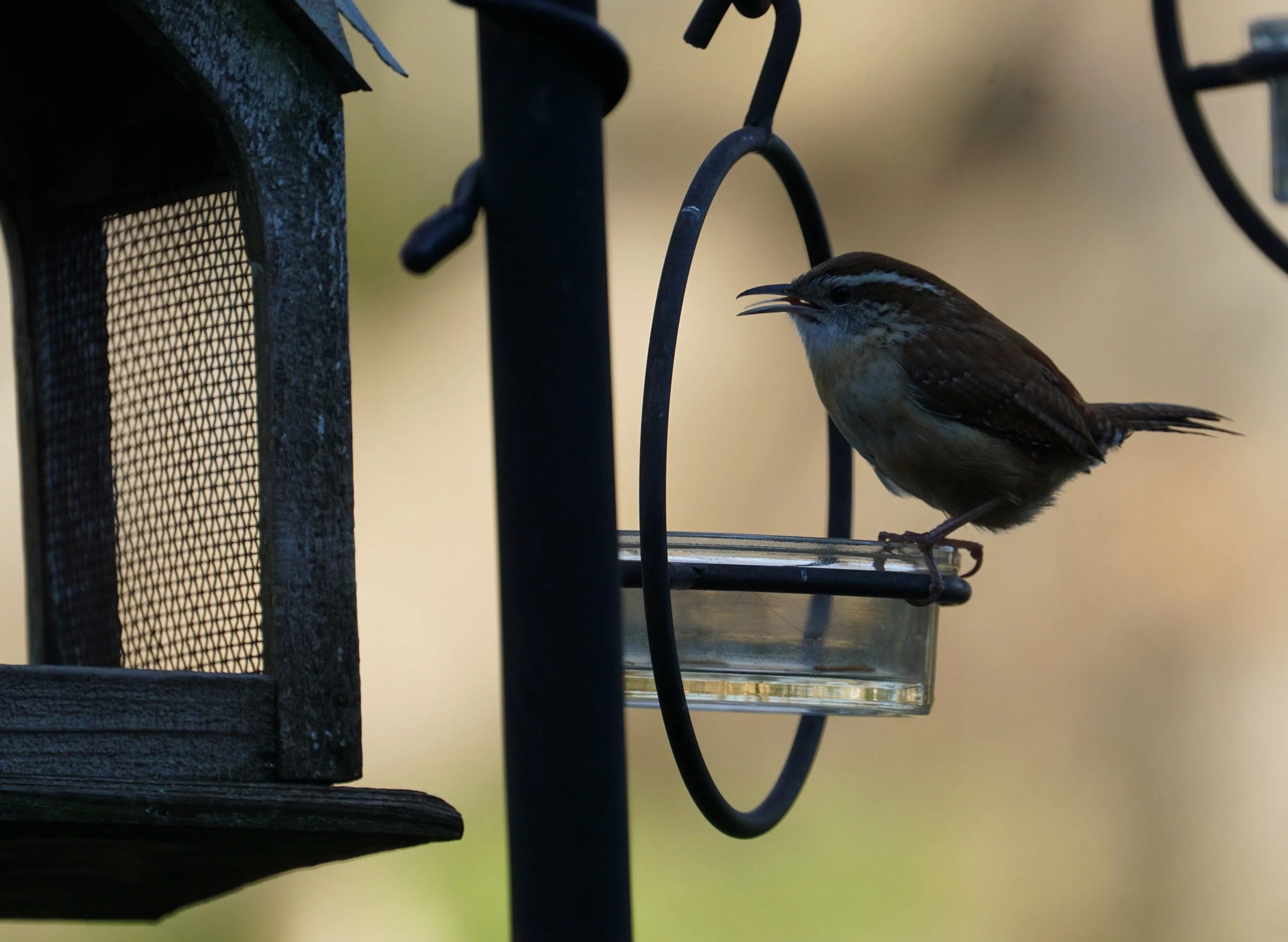Just the word elicits a visceral response in lots of people! It’s a timely topic right now since it’s baby season for copperheads, sometime in late summer to fall.
Photo by Virginia Herpetological Society
Let’s look at how to identify copperheads, how they give birth, how to protect yourself from a bite, and address some myths surround the most common venomous snake in our area.
Copperheads are usually two to three feet in length, although they can be longer. They have a stocky body that tapers rapidly near the tail The first thing you want to look for is what’s often described as the “Hershey kiss” pattern. Coloring can vary a bit, from brown, reddish-brown, to beige. If you happened to have binoculars or were entirely too close, you could see a vertical pupil, as well as the triangular-shaped head. The venom glands are stored just behind the eyes, creating the wedge shape.
Photo by Jay Bell, Reptiles 101
Copperheads give live birth to between one and 14 young. Juvenile copperheads have bright yellowish/green tails for about year, making this another identifying trait. They may use these colored tails to attract prey!
So how do you protect yourself from a bite? Arm yourself with knowledge! Copperheads are pit vipers with a heat-sensing receptor, which allows them to locate their prey. They are primarily nocturnal during the warmer months. Walking around at night in your yard barefoot isn’t a good idea. The snake is simply striking at a heat source. Wear shoes and watch where you step!
Don’t make a habitat for copperheads in your yard, especially near your house! Brush, rock, and wood piles are attractive to these snakes. The high water from Flo could also displace them from their regular hangouts.
Finally, people are more likely to be bitten when they are messing with the snake, especially trying to capture or kill them. Just give the snake a wide berth. If you would like any snake relocated, contact Carolina Waterfowl Rescue. People trained in how to safely handle snakes will pick it up and relocate it.
Let’s look at some of the myths surrounding copperheads. First, they are not by nature aggressive snakes. They don’t chase people down. They weigh less than three-quarters of a pound, so it doesn’t make sense for them to come after a human, or waste their venom load when a predator might come along.
Photo by Jay Bell, Reptiles 101
There are very few human deaths from copperhead bites. Bites are very painful and require medical treatment. Animals, particularly small ones, are at a greater risk.
Another frequently-heard myth is that baby copperheads have more venom, or more deadly venom, than adults Not true. What is true is that an adult might lunge, dry-bite or deliver a small amount of venom. Young snakes haven’t learned to do that yet, so they might inject the full venom load. It takes a while for them to build up the venom, which puts them at increased risk from predators.
I hope this article answers some of your questions, and fears, about copperheads. All animals have a purpose in the eco-system, so please don’t needlessly kill them.





